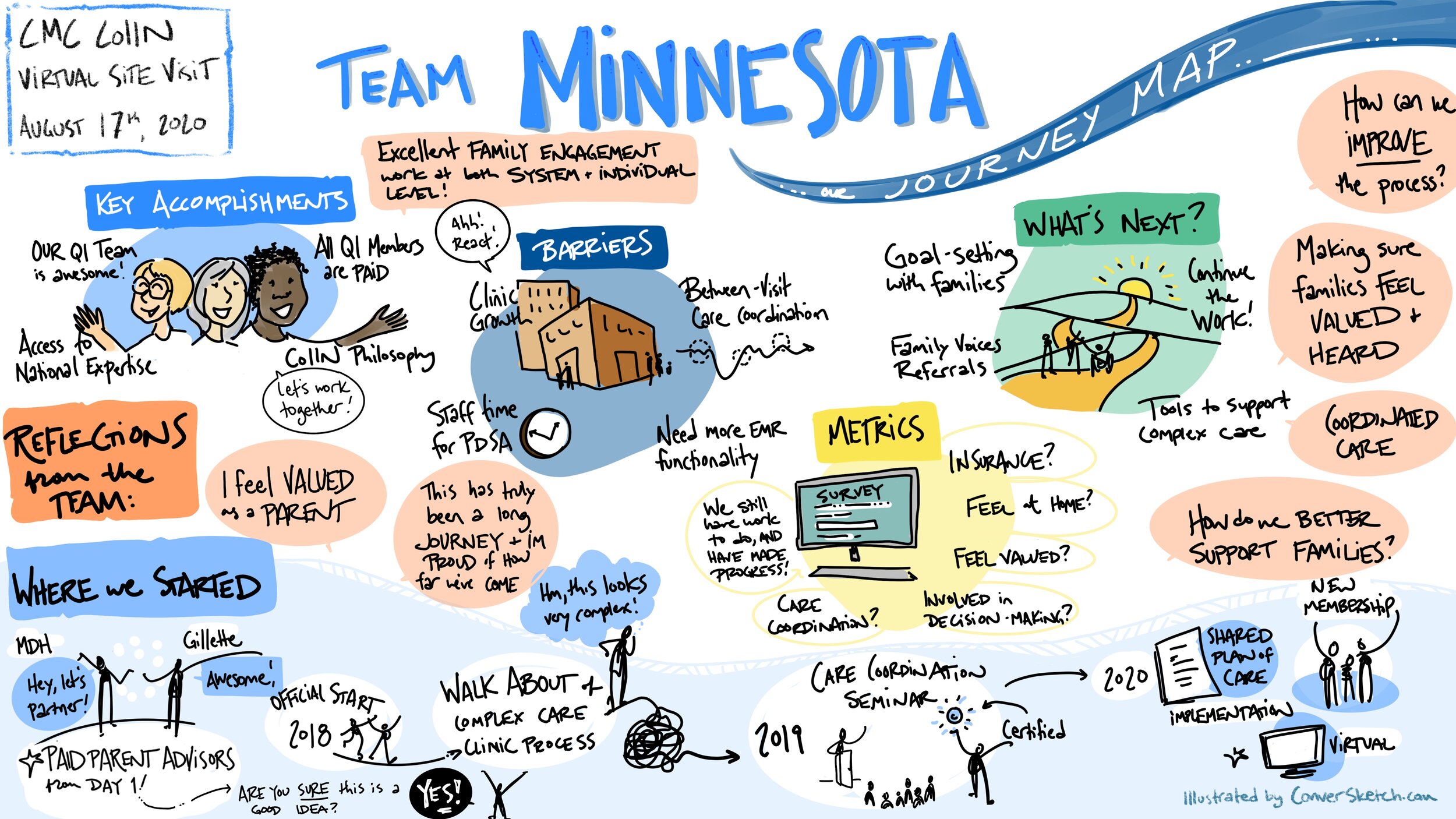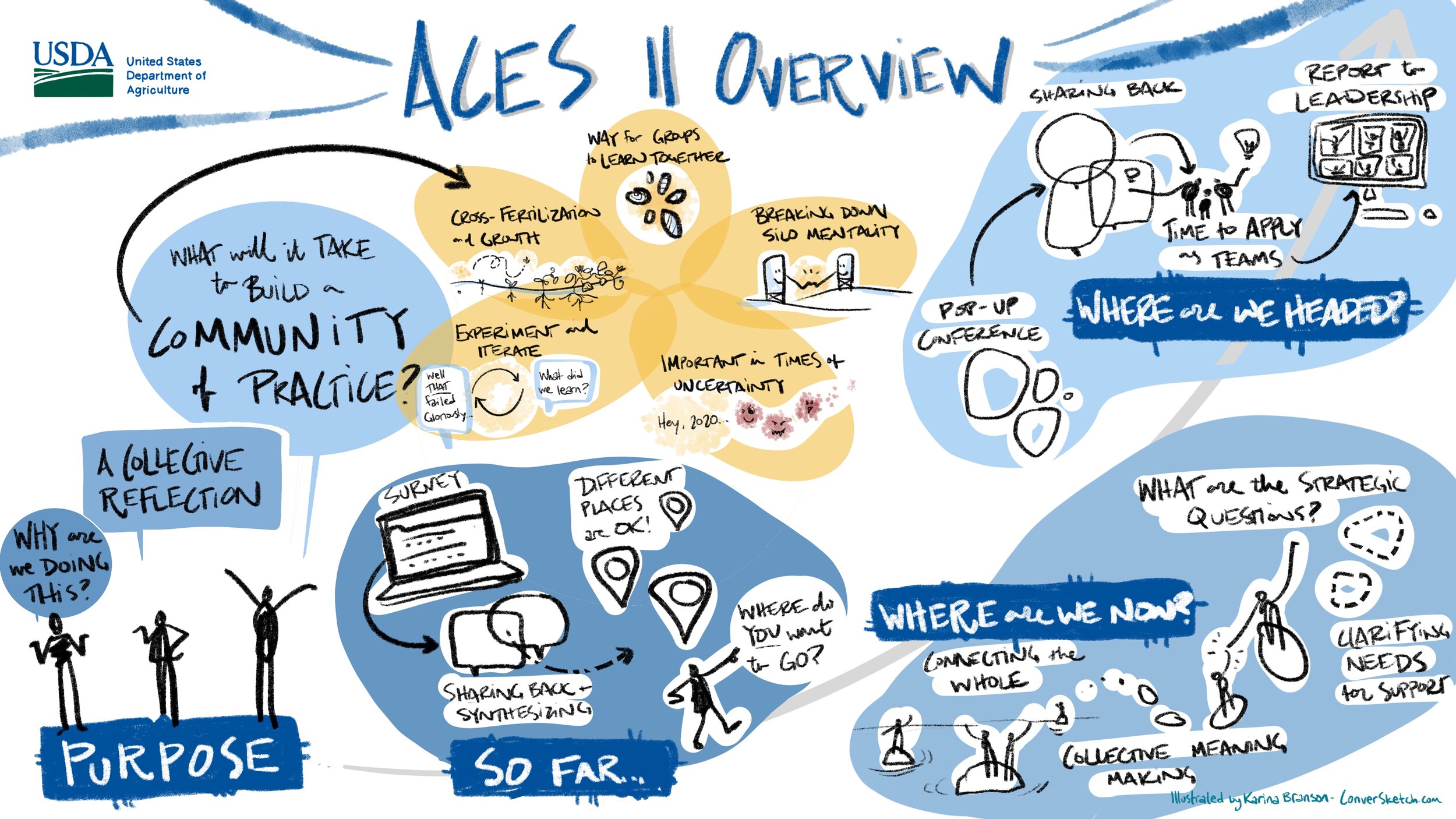In a time of physical distance, connecting with friends and those in our professional field is more important than ever. That’s why I am SO deeply appreciative to the IFVP conference planning team, for putting in the immense lift to host not one, but THREE days of virtual workshops and learning over the course of the summer.
This year felt pivotal for our community – not only was it the 25th Anniversary of the IFVP, it was also the first fully virtual conference. Because of the remote platform and significantly reduced cost, people from all over the world were able to attend.
The workshops and conversations that emerged reflected that diversity. We heard more open and honest discussions about structures and systems of power and equity, and stories about resilience. Sitting with not knowing, feeling our whole selves (physically, mentally, emotionally), and how we bring ourselves and biases to the work.
Together, we created a virtual web to catch one another as we explored in vulnerable ways, thought critically, and danced forward into uncertainty. Literally. We had the best dance parties.
If you’re curious about what happens at a graphic recorder conference, you can register retroactively and get access to all the session recordings.
That includes my session called Talk Nerdy to Me: Tips for Success Capturing Scientific and Technical Content. (I like talking nerdy. If you do too, here’s a post I wrote about the science behind graphic recording and visual communication.)
Once again, thank you from my heart and soul for your support, great senses of humor, brilliant minds, collaboration and what you're each doing to make the world a better place.
Cheers,
Where in the Virtual World is ConverSketch?
Working on several longer-term projects focused on reflecting, learning, and iterating pilot programs. The two teams I’ve worked with are very different…Health care teams to better support children with medical complexity, and the USDA Agricultural Research Service (ARS).









